The use of the water stature is of great importance in proper water storing. It could be for home or business or wholesale usage. The better user knows these potable water tanks the better they can enjoy the quality drinking water as well as the safety of the water. This article intends to introduce the detailed aspects that a normal user would concern the most from thebasic types of the tanks to their materials as well as the maintenance and installation process.
Table of Contents:
1. Types of potable water tanks
2. Materials used in potable water tanks
3. Installation and maintenance of potable water tanks
4. Technological advancements in potable water tanks
5. Benefits and applications of potable water tanks
Types of potable water tanks
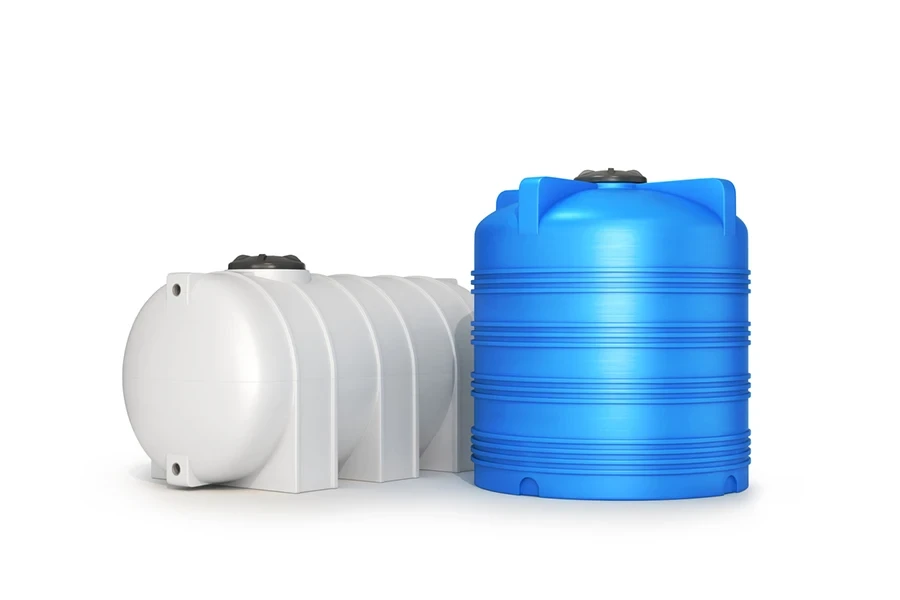
The real journey to choosing the right model of potable water tank begins with the comprehension of the general categories it falls into. Each category has its peculiar suitability and advantages, as well as limitations.
Above-Ground Tanks
Above-ground tanks are most popular and most versatile. They are the easiest type to install and maintain, making it suitable for residential and small commercial applications. This type of tank is made of plastic, fiberglass, and metal, which varies in terms of durability and affordability. Above-ground tanks are perfect for sites where space is not a factor and they can be checked often.
Underground Tanks
Those with limited floor space or strong aesthetic concerns can benefit from underground tanks because they are discreet and do not take up visible space. They are made from material that resists the pressure of being buried and protects the tank from leaks, like concrete or high-density polyethylene (HDPE) – a tough, thick plastic. Installing an underground tank is more expensive and complicated than an above-ground tank.
Modular Tanks
A modular tank can be more flexible than a predesigned pool, allowing it to be scaled up to the size of a large industrial tank, or expanded incrementally to meet changing water storage demands in locations where water needs vary throughout the year. Modular tanks are fully transportable and can be assembled and installed almost anywhere.
Materials used in potable water tanks
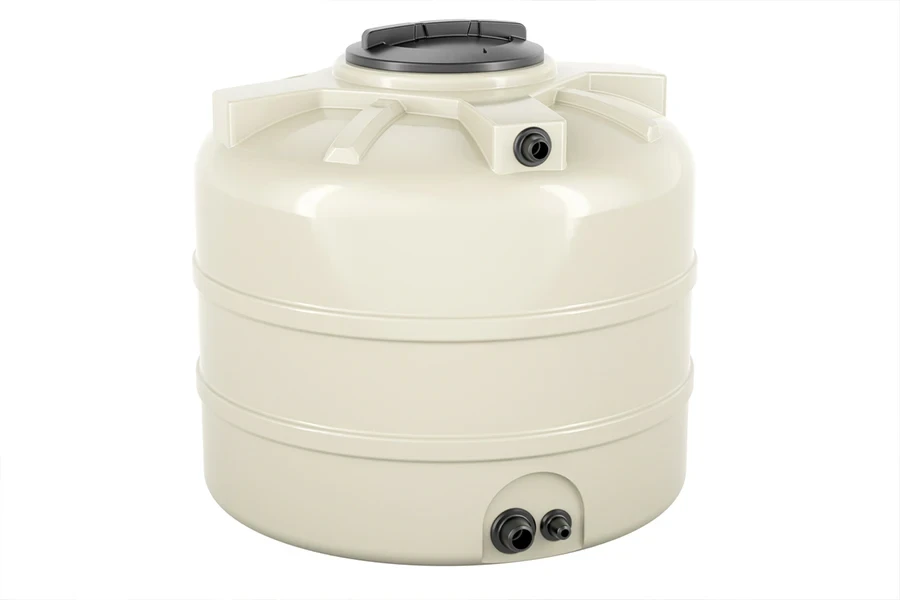
There are many varieties of water tanks that are used to store potable water. It is importain that we used the correct material in the tank so we don’t affect the quality of the water, and that they easiest to use and maintain. In this paragraph, I would like talk about how materials we used in potable water tanks has an effect on the quality of the water we drink, and help us to choose the best material.
There are many different types of plactics use in potable water tanks. These types are very important because if they used the correct plastic to make tank, we can sustained use the tank for lifetime without changing.
However, each material has its own pros and cons. For example, when we use metalic materials to make the tank, we have a risk of the metalic becoming a part of the water. This is increasing the cost of purification. On other hand, if we use glass to make the tank, we need to redesign the water supply system because we cant use plastic trubitues to transport the water.
Plastic Tanks
The majority of plastic tanks are fabricated from polyethylene, because it is lightweight, inexpensive, and not corrosive. The lightness of plastic tanks makes them relatively easy to transport, and install, in comparison with cheaper steel tanks for small residential or commerical applications.
Overall, plastic tanks are not very expensive and can be produced in a variety of shapes and sizes. However, some people have found that these tanks degrade with exposure to the UV rays of the sun, so they have to be either coated with protective material or kept inside.
Stainless Steel Tanks
Stainless steel tanks are strong, tough and almost immune to corrosion. They can be used both above ground and underground. They are durable and require very little maintenance. Stainless steel does not react to the water so that the water quality remains the same.
The main disadvantage of stainless steel water tanks is the higher cost compared to other types. This might be important for a person who needs to store a large amount of water.
Concrete Tanks
Concrete tanks are suitable for large-scale or permanent applications, such as municipal water storage or industrial settings. Concrete is a very durable and long-lasting material, and it’s possible to build very large volumes of storage with it – for example, large concrete tanks for municipal water storage. Concrete also has a high thermal mass, which helps to stabilise the water temperature. The main drawback is that it’s expensive and complex to install, and if not properly maintained, it can crack after a few years.
Installation and maintenance of potable water tanks
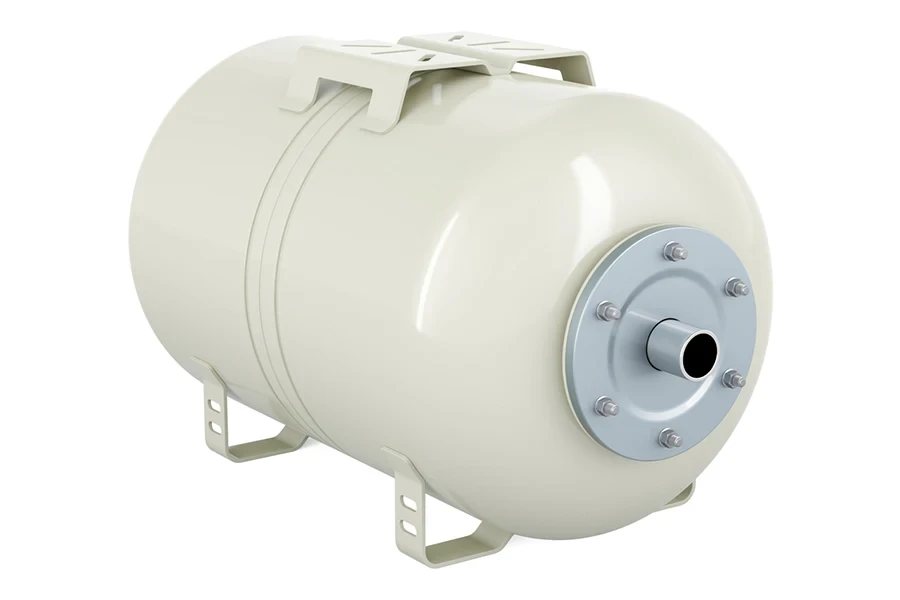
Correct installation and periodical maintenance can ensure that a potable water tank useful life.
Installation Best Practices
Installation procedures will vary depending on the type of tank and its intended use. For an above-ground tank, preparing the base is critical – make sure it is stable and level to avoid shifting or tipping. For an underground tank, digging and backfilling need to be done properly to prevent damage from heavy equipment and to ensure the tank’s structural integrity. Before installation is complete, make sure to consult the tank manufacturer and local building codes to make sure your tank is in compliance with all applicable laws.
Regular Maintenance
Potable water tanks have to be inspected regularly to ensure that they are not contaminated and to keep the water free of any impurities. Plastic tanks can be inspected for UV degradation and leaks. Stainless steel tanks have to be inspected for corrosion and concrete tanks have to be inspected for structural stability. In addition to these inspections, cleaning the tanks on a regular basis helps in preventing the formation of sediments and growth of microbes on the walls of the tank which can compromise water quality.
Addressing Common Issues
Leaks, sediment buildup and microbial contamination are common problems with potable (drinking) water tanks. These issues are best handled promptly, both to avoid further serious problems and to maintain the life expectancy of the water tank itself.
Patches, replacements and repairs are required for faulty parts that are leaking (for example, the seals of a water tank). Sediment within water tanks can be managed through flushing, and filtration systems can be installed to remove sediment in popular water tanks. Microbial contamination is best controlled by using proper sealing, regular maintenance (for example, flushing) and the use of approved disinfectants.
Technological advancements in potable water tanks
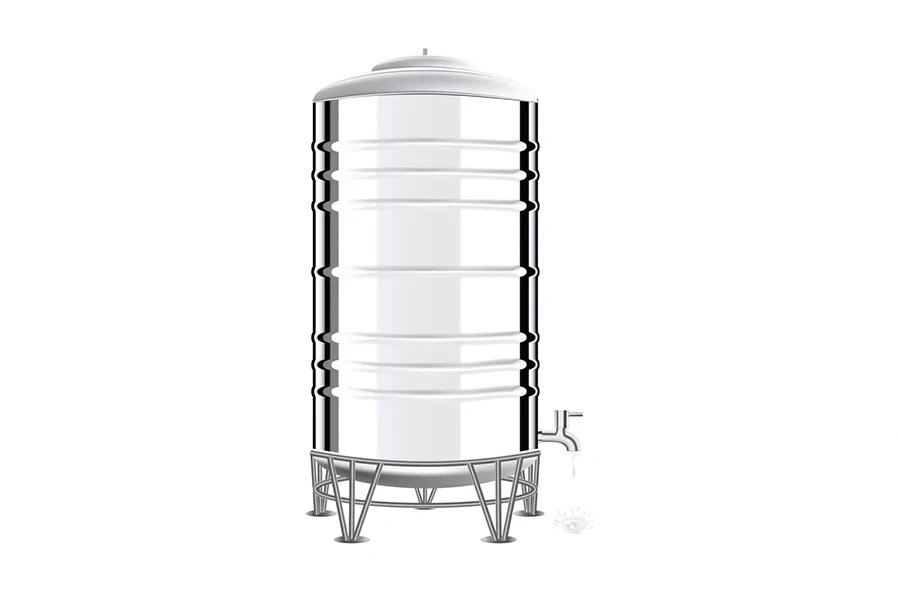
Water tanks have emerged as one of the most popular water storage solutions. Today, water tanks are more efficient, safe and convenient to use than ever before.
Outdoor water tanks are now more sophisticated than they were in the pre-1970s, with most water tank products now being made from reinforced polyethylene of the highest quality, specifically designed for storing drinking water. These plastic water tanks are stronger and can hold more water than the traditional concrete tanks, with an anti-UV additive not only preventing the water from becoming sour but also eliminating the need for a top cover, which can be prone to leakage. Furthermore, modern water tanks can be equipped with larger internal plugs for improved water flow, and a large manhole can be fitted to the side of the tank, enabling easy access for internal cleaning. There is also an automatic overflow option available.
These tanks can be buried into the ground to create a more aesthetically pleasing appearance or install underground water tanks to retain surface water in a semi-urban environment.
Smart Monitoring Systems
Modern containers of drinking water can be furnished with smart monitoring systems that provide real-time data regarding level, temperature and ensured safety of water. The usage of these containers is based on smart monitoring techniques where sensors with its smart monitoring aspects inbuilt in ‘Internet of Things’ (IoT) manages the system and alerts the user regarding any leak or contamination so that immediate maintenance can be taken up ensuring the use of water at optimal level and being on guard to intervene immediately.
Advanced Materials
Advances in materials engineering have reduced water tank breakdown and improved performance. Tanks made from cross-linked polyethylene (XLPE), for example, are notably more chemically resistant and stronger than standard polyethylene tanks; some composite tanks, which combine the advantages of plastic and metal, are lightweight and yet strong.
Eco-Friendly Designs
Concerns about sustainability are certainly a rising trend, and the potable water tank industry is rising to the challenge by creating more environmentally-friendly products. Some innovations are in the material used to make the tanks, and some are in the shape of the tanks, such as designs that are easily transported to reduce the carbon-footprint associated with getting them to the consumer.
Other innovations being introduced are combined potable water tank and rain-water harvesting systems that allow water that is primarily for non-drinking purposes to be stored in a separate tank and used for this purpose. In this way, it can reduce the burden on municipal water supplies, as well as reduce costs.
Benefits and applications of potable water tanks
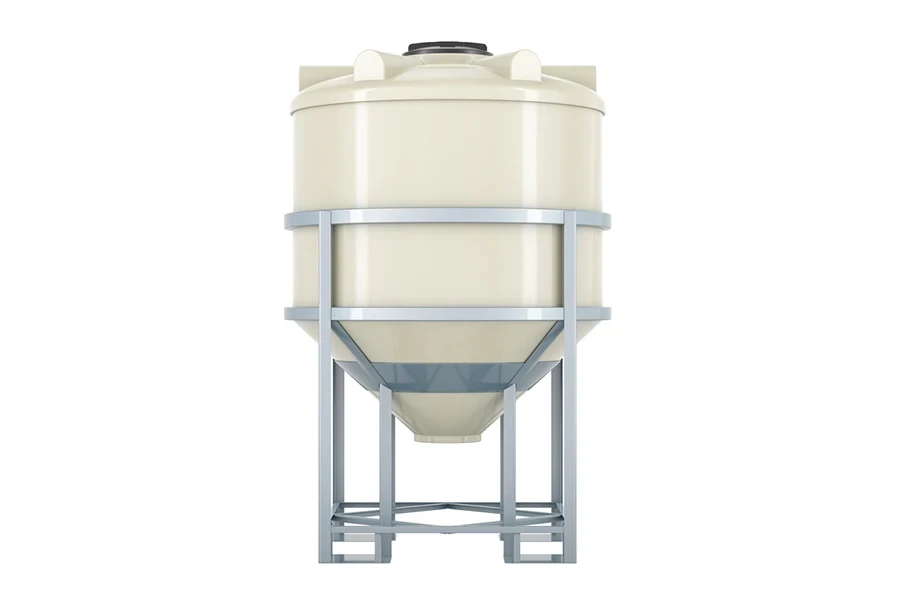
The Portable water tank has several benefits and is used for a lot of purposes which makes it essential for both residence and industry.
Residential Use
A potable water tank serves the residential buildings that are in need of constant supply of drinking water or in areas with water shortage or unstable municipal water system. It is also widely used for collecting rain water, an eco-friendly way to save the water resource. Family members can maintain a stable water life to meet their daily use, landscapes garden and keep emergency.
Commercial and Industrial Use
Potable water tanks have a wide range of applications in commercial and industrial fields. Industrial applications can help industries with their water utilities during operations, maintain certain standards of water quality, and provide water supply in emergency cases.
The food processing industry, pharmaceuticals and manufacturing industries require large quantities of water to run their production lines. To make sure that they remain compliant with the regulations of the food and drug administration, potable water tanks are used to provide water that is safe for consumption. This helps industries to conduct their operations in an efficient manner. In case of a natural disaster or breakdown of the main water supply system, potable water tanks help industries to have a stable water supply during the problem timeframe.
Emergency Preparedness
Potable water tanks play a key role in disaster preparation. They are a safe way to provide access to clean water during natural disasters or infrastructure damage, such as burst pipes. Emergency services, hospitals and relief societies use them to help supply communities with safe drinking water during times of crisis. Having a potable water tank as part of a disaster preparation plan ensures the ability to access filtered water supplies when they are most needed, reducing the effects of water supply damage.
Conclusion
The use of potable water tanks means a lot to every user, given that nowadays they have become the major source of clean and safe water in many settings. Providing these users with information on how these tanks are of different type while constructed with different kinds of materials, how to install and maintain them, as well as their latest technological advancements will help in guiding their decision making process of choosing the tank.
According to Fargas et al. (2011), potable water is the most essential source of clean water to both homes and institutions. Due to the increase in global population, it is now paramount to ensure that people’s dwellings, offices, and hospitals have enough deposits of water as their lifestyle depends on it to a great extent. With the water tank in place, human beings will not only enjoy quality of life but, more importantly, operations in the offices and hospitals will proceed smoothly since water is a major requirement in both set-ups.
Considering the above, the potable water tanks can be categorized into two main types, namely, above-ground tanks and below-ground tanks. The above-ground tanks mean that the tanks can be installed on the ground whereas, in the case of underground tanks, the tanks have to be dug into the ground. Another important consideration when purchasing a potable water tank is the size or volume of water the tank can carry. These tanks can range from 250 liters to thousands of liters.
The water tanks can be constructed using materials such as aluminum, fiber, and plastic among others. According to an authority, the most popular material used in the construction of these tanks is fiber, which is picked due to its numerous pros and few cons.
When it comes to the installation process, the most common installation method is digging pits for the underground tanks.




